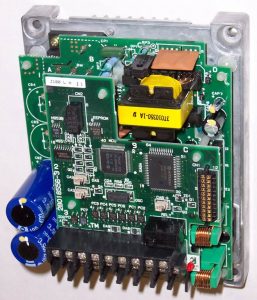I’ve said before that IoT is a reality because millions of devices are already being  connected to each other locally and globally. In industrial systems this was already a reality in the machine to machine (M2M) vision that many in that market speak of. M2M has been happening for years and although it slots in nicely with the IoT vision, it’s important to realize it’s evolving rather than starting in these markets. Brad Gilbert has a good discussion in his article in M2M Connectivity.
connected to each other locally and globally. In industrial systems this was already a reality in the machine to machine (M2M) vision that many in that market speak of. M2M has been happening for years and although it slots in nicely with the IoT vision, it’s important to realize it’s evolving rather than starting in these markets. Brad Gilbert has a good discussion in his article in M2M Connectivity.
However, it’s not merely connectivity, it’s using the gathered data from having “eyes” in all parts of the operation. Improving efficiencies and reducing costs drives much of the IoT growth we are seeing and it’s already happening in industrial systems such as smart meters, industrial controllers in factories and in monitoring devices in the petrochemical industry, to name a few.
IoT is already happening and the growth is real. What differentiates the winners are the companies that understand the future requirements such as security and connectivity to enterprise systems (e.g. aggregation, authentication).
